Table of Contents
- Understanding Common Game Controller Errors and Their Causes
- Identifying Symptoms of Game Controller Malfunctions
- Step-by-Step Troubleshooting for Game Controller Issues
- Enhancing Game Controller Longevity with Proper Maintenance
- When to Seek Professional Help for Persistent Controller Problems
- Q&A
- To Conclude
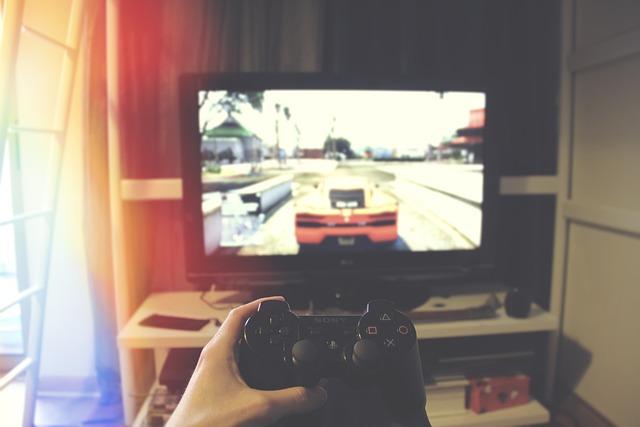

Understanding Common Game Controller Errors and Their Causes
Game controllers are essential for immersive gaming experiences, but they are not without their faults. One common issue players encounter is erratic or unresponsive controls. This problem can stem from various causes, including low battery levels, faulty wiring, or even interference from nearby electronic devices. Players should first check their battery status, replace old batteries if necessary, and ensure that the controller’s USB connection is secure if it’s wired. Troubleshooting tips include:
- Inspecting for loose connections
- Testing with a different USB port
- Removing potential electronic interference
Another prevalent error includes delayed input, where there is a noticeable lag between pressing a button and the corresponding action in-game. This can be particularly frustrating in fast-paced scenarios. Causes of input delay can vary, but they often relate to controller configuration settings, software updates, or hardware performance deficiencies. Adjusting settings within the game or the console system might resolve these lag issues. Follow these steps to optimize performance:
- Update firmware for the controller
- Adjust sensitivity settings
- Check for console updates
Lastly, connectivity issues, such as the controller disconnecting unexpectedly, are frequent headaches for gamers. Factors like Bluetooth interference or distance between the controller and console can lead to these disruptions. To maintain a solid connection, ensure that the controller is fully charged and kept within range of the console. Below is a brief evaluation of other connectivity aspects:
| Issue | Possible Causes | Solutions |
|---|---|---|
| Controller not pairing | Outdated Bluetooth drivers | Update drivers |
| Frequent disconnections | Interference from other devices | Minimize surrounding electronics |
| Inconsistent input | Wireless signal strength | Reduce distance to console |
Identifying Symptoms of Game Controller Malfunctions
When a game controller starts to exhibit problems, it can be both frustrating and confusing. One of the first signs of malfunction is inconsistent behavior, which may manifest as unresponsive buttons or delayed reactions. This can severely impact your gameplay, making tasks that normally require precision feel unnecessarily difficult. Keep an eye out for the following symptoms that could indicate issues with your controller:
- Unresponsive Buttons: Certain buttons may fail to register presses, which could be caused by dirt, wear, or internal damage.
- Stick Drift: The analog sticks might register movement even when they are at rest, leading to erratic character movements.
- Connection Issues: Frequent disconnections, whether wireless or wired, can hinder your gaming experience.
Another symptom to watch for is abnormal vibrations. If your controller is vibrating excessively or not at all, it may be a sign of an underlying issue. Additionally, unexpected power drains can indicate a malfunction, especially in wireless controllers. There are also instances where the controller won’t sync with the console, despite having fresh batteries or being charged. Consider these specific indicators:
| Symptom | Possible Cause |
|---|---|
| Vibration Issues | Faulty motors or settings misconfiguration |
| Battery Drain | Aging battery or power-hungry processes |
| Sync Problems | Software glitches or hardware malfunctions |
Lastly, visual indicators such as LED lights on the controller can be telling. If lights flash erratically or maintain a solid color when they should be blinking, that could indicate a critical error. Pay close attention to any unusual noises as well, like clicking sounds coming from within the controller. These signs can often signal a need for repair or replacement. Here’s a quick checklist to help narrow down the problem:
- LED Indicator Behavior: Note any patterns or irregularities.
- Noisy Operation: Assess whether sounds are normal or alarming.
- Physical Condition: Inspect for visible wear and damage.
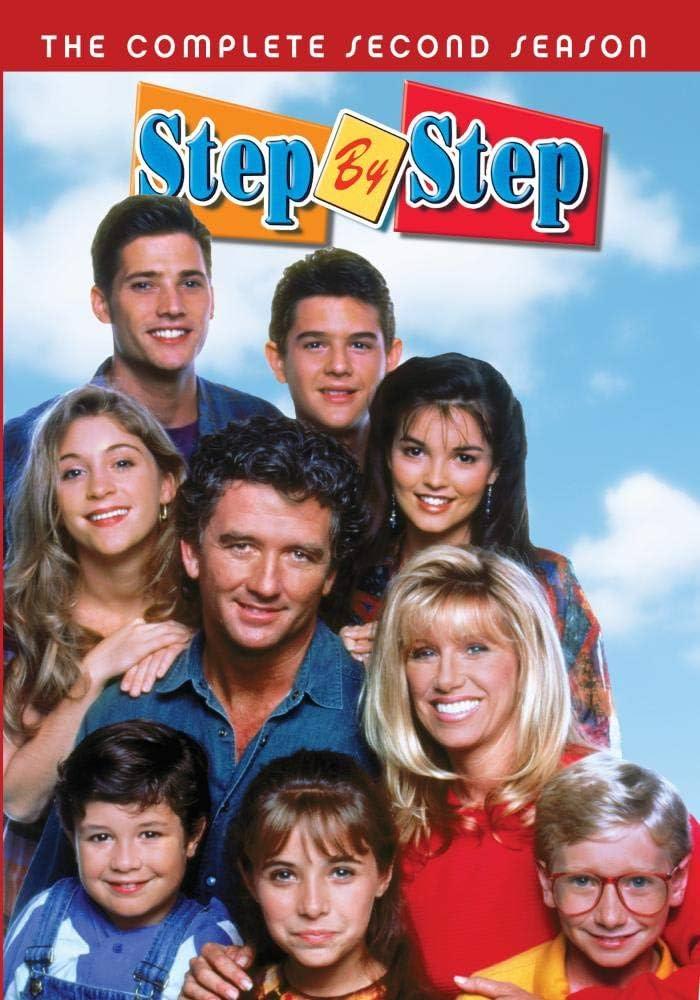

Step-by-Step Troubleshooting for Game Controller Issues
If your game controller is not responding as expected, the first thing to consider is the connection. Wired controllers might have loose cables or damaged connectors, while wireless devices may suffer from low battery life or interference. Make sure to:
- Check the cable for any physical damage.
- Ensure the USB port is clean and free from debris.
- Replace or recharge the batteries if you’re using a wireless controller.
Next, it’s essential to verify whether the issue is software-related. This could involve outdated drivers or settings that need adjustment. To troubleshoot this, follow these steps:
- Update your controller drivers through the device manager or the game console settings.
- Restart your gaming device to apply any updates.
- Check in-game settings to ensure the controller is recognized and configured correctly.
If the hardware and software aspects seem fine, consider testing the controller on another device. If it works smoothly elsewhere, the problem may lie with your initial console or PC settings. You can also reset the controller to its factory settings by:
- Consulting the user manual for specific reset instructions.
- Utilizing any available software tools provided by the manufacturer.
- Testing it in different games or applications to identify persistent issues.
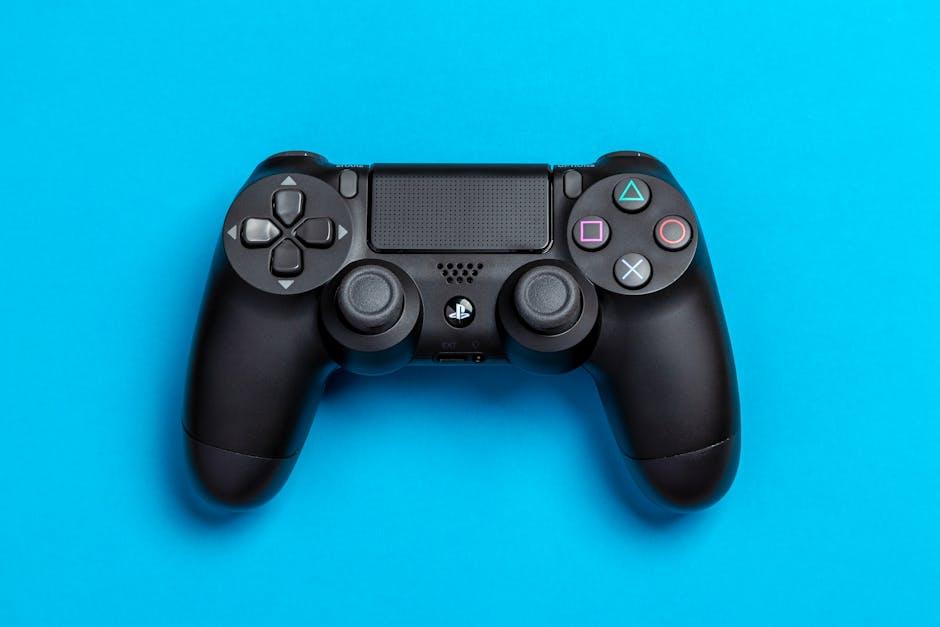

Enhancing Game Controller Longevity with Proper Maintenance
To ensure your game controller remains in peak condition for years to come, it’s crucial to implement a maintenance routine. Regularly cleaning the exterior helps prevent dirt and grime from accumulating, which can lead to performance issues. Use a microfiber cloth and a mild cleaning solution to wipe down the controller’s surface. Pay special attention to the thumbsticks and buttons; these high-traffic areas are often where debris collects. Additionally, consider using compressed air to blow out any dust and particles lodged between buttons.
Another key factor in prolonging the life of your controller is battery care. If your controller uses rechargeable batteries, it’s essential to cycle them properly. Avoid leaving the controller plugged in for extended periods, as this can degrade the battery over time. Instead, charge the controller when it’s low on power, and always disconnect it when it’s fully charged. For controllers that use replaceable batteries, invest in high-quality batteries to avoid leaks and corrosion, which can damage the internal components.
Lastly, be mindful of how you store your controller when it’s not in use. Keep it in a cool, dry place away from direct sunlight. Excessive heat can warp components, while humidity can lead to rust and mold. Use a dedicated storage case, which not only protects the controller from environmental factors but also from physical shock and scratches. If multiple users share the same controller, consider using skin or grips to minimize wear on the outer layer while providing additional comfort during long gaming sessions.


When to Seek Professional Help for Persistent Controller Problems
If you’ve been facing ongoing issues with your game controller, it’s crucial to assess whether the problems are simply inconveniences or require professional intervention. Constant connection drops, unusual lag, or unresponsive buttons can indicate deeper issues that basic troubleshooting won’t solve. If you find yourself endlessly tinkering with the settings or resetting the device without any lasting improvement, it may be time to consider outside help.Another important factor to consider is the duration of the problems. If issues persist for several days or weeks, this may point to hardware malfunctions rather than just software glitches. Gamers should pay attention to signs such as distorted audio from built-in speakers, erratic joystick movement, or unexpected disconnections. These symptoms can suggest a serious underlying problem, and ignoring them can lead to irreversible damage to the controller.if your controller is still under warranty, seeking professional assistance could save you both time and money in the long run. Repair or replacement services may be available, but they typically require you to have purchased the controller from an authorized retailer. Here’s a quick overview of actions to take based on the erratic behavior observed:| Issue | Recommended Action |
|---|---|
| Unresponsive Buttons | Professional Repair or Replacement |
| Frequent Disconnections | Check Warranty, Seek Manufacturer Support |
| Input Lag | Update Drivers, Consider Calibration |
Q&A
Q&A: Understanding Game Controller Errors
Q1: What is a game controller error? A1: A game controller error occurs when your game controller fails to communicate properly with your gaming console or PC. This can manifest as unresponsive buttons, connection issues, or erratic behavior in-game, leading to an interrupted gaming experience.Q2: What are some common causes of game controller errors? A2: Common causes include outdated drivers, poor connection (wired or wireless), low battery levels, physical damage to the controller, or interference from other devices. Software glitches and compatibility issues with specific games can also contribute.
Q3: How can I troubleshoot a game controller error? A3: Start by checking the controller’s power – if it’s wireless, ensure the batteries are charged or replace them. For wired controllers, inspect the cable for damage. Restart your gaming device and check for any software or firmware updates. If issues persist, try using the controller with a different device to isolate the problem.
Q4: Can I fix controller errors without technical knowledge? A4: Absolutely! Many common fixes, like changing batteries, reconnecting Bluetooth, or updating software, can be done with minimal technical skills. However, if you suspect hardware issues, it may be best to consult a professional or the manufacturer’s support.
Q5: When should I consider replacing my controller? A5: If your controller consistently produces errors after troubleshooting attempts, especially if it’s exhibiting physical wear, such as broken buttons or worn-out sticks, it may be time for a replacement. If it’s still under warranty, contacting the manufacturer for support or a replacement is a good option.
Q6: Are there certain brands known for fewer game controller errors? A6: While individual experiences may vary, many users report fewer issues with premium brands known for their quality, such as Sony’s DualShock, Microsoft’s Xbox controllers, and reputable third-party manufacturers. It’s always beneficial to read reviews and consider warranty options before purchasing.
Q7: What is the best way to maintain my game controller? A7: Regular maintenance can help extend your controller’s life. Keep it clean by gently wiping it with a soft cloth and avoiding food or drink spills. Store it in a cool, dry place and handle it with care. Regularly check for software updates to keep your controller running smoothly.
Q8: Where can I find more information on fixing game controller errors? A8: You can explore official manufacturer websites, gaming forums, and tech support channels for detailed guides and tips. YouTube also has numerous instructional videos that can provide visual assistance in troubleshooting common issues.
By understanding these common questions and answers about game controller errors, you’ll be better equipped to identify and resolve any issues you encounter, ensuring a smoother gaming experience.

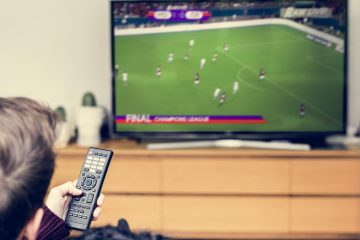
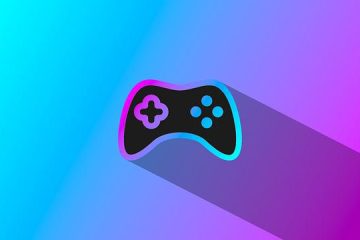
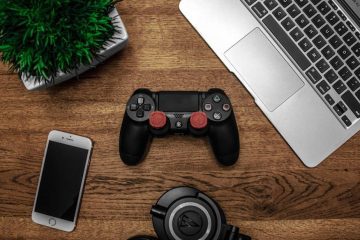
0 Comments